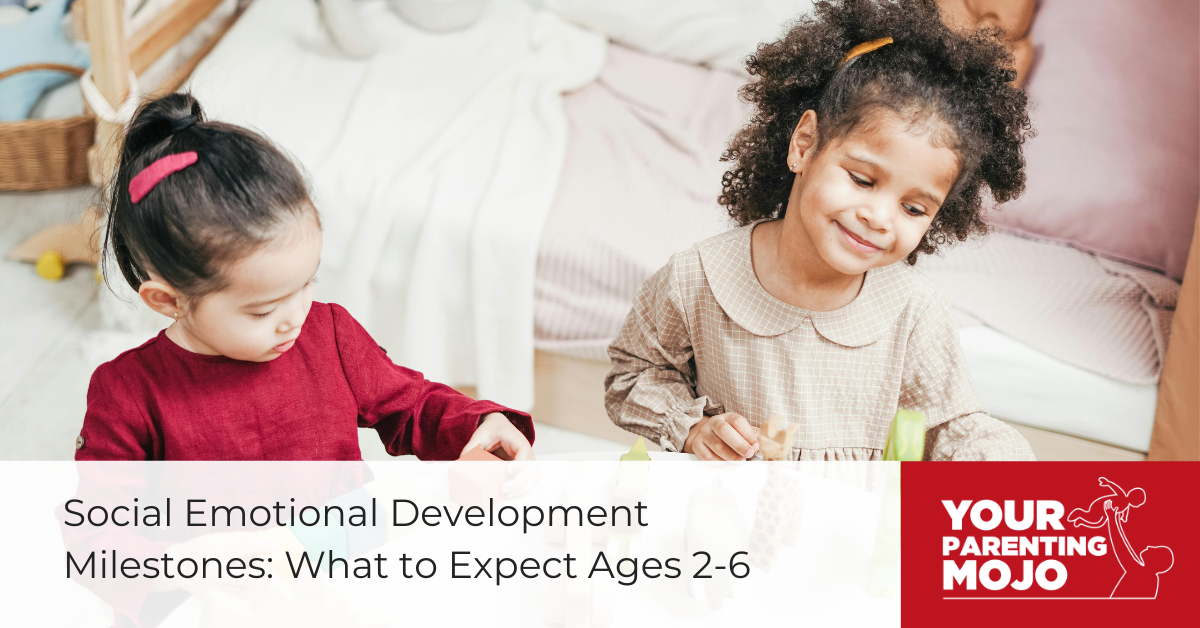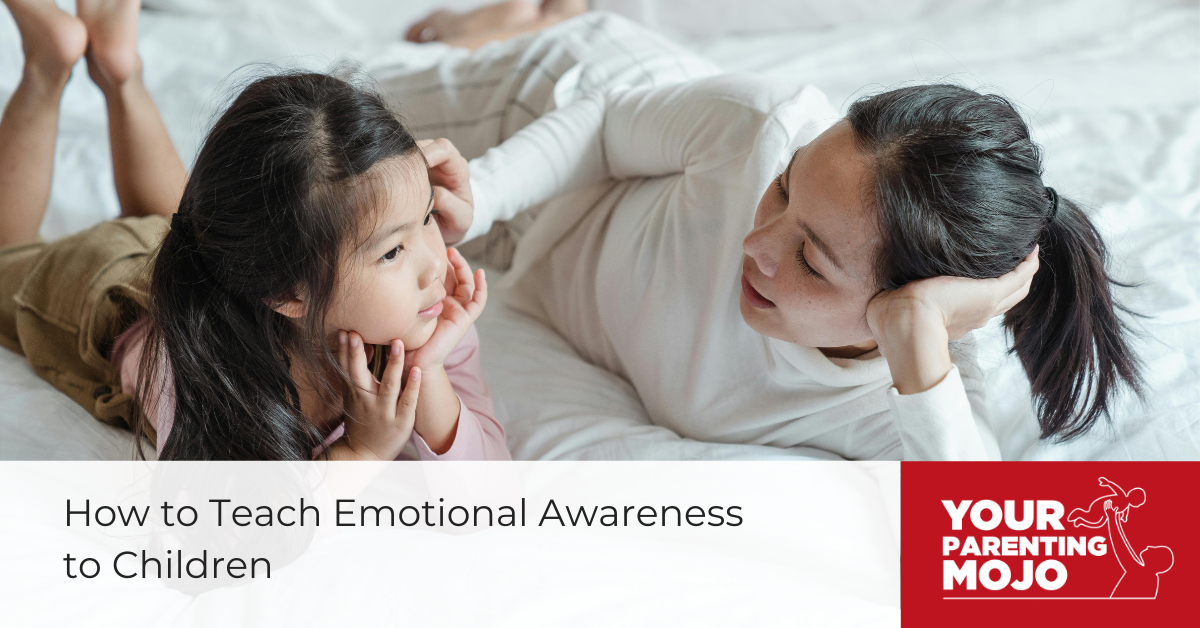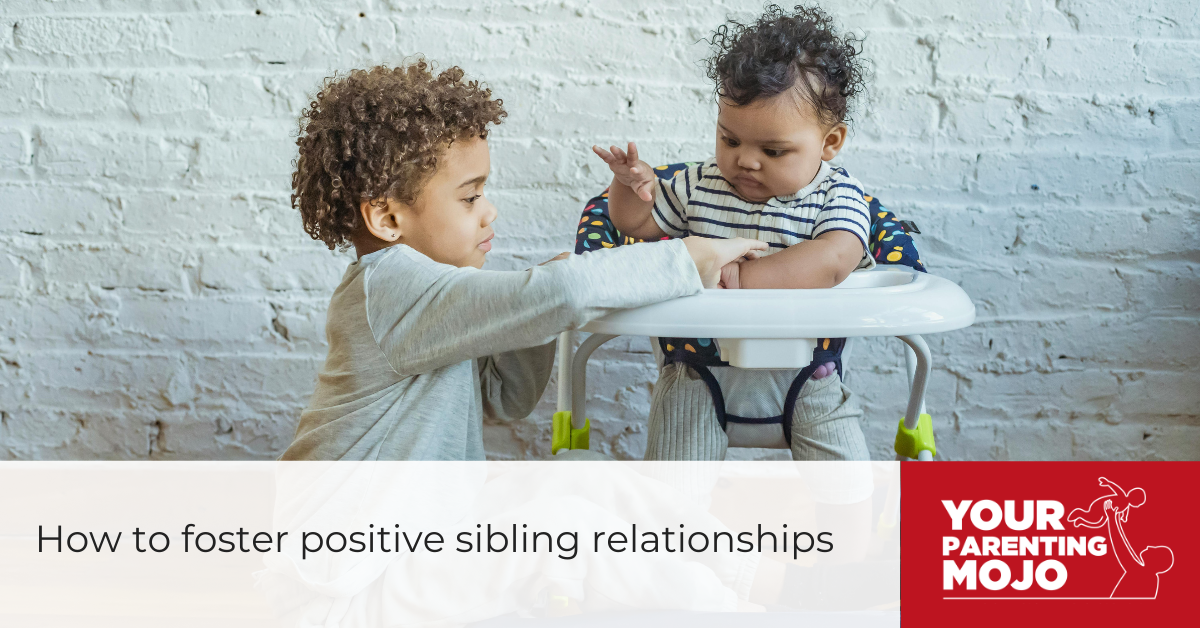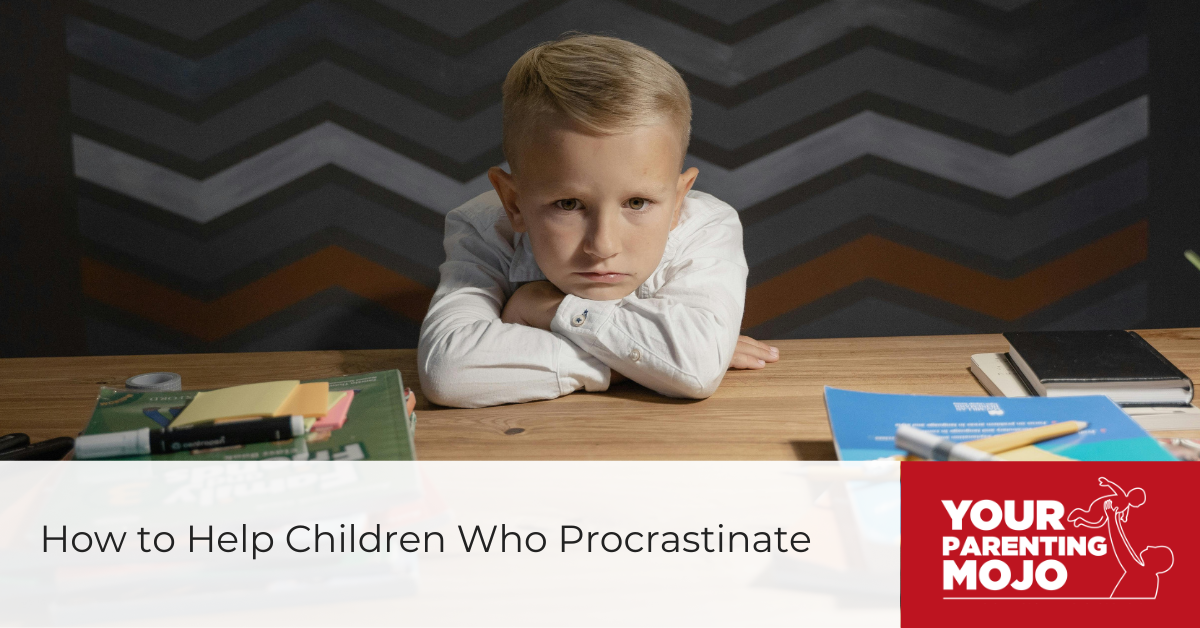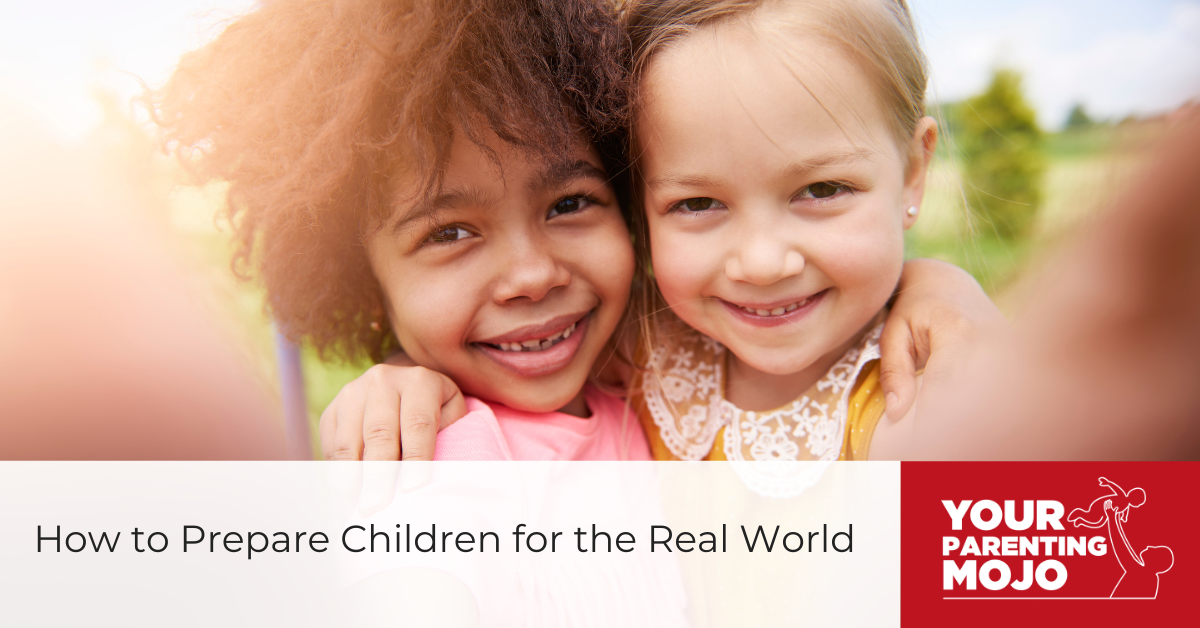Posts Tagged ‘Growth & Development’
Social Emotional Development Milestones: What to Expect Ages 2-6
Key takeaway Emotional awareness is internal (recognizing feelings), while social-emotional skills are action-oriented (using emotions to navigate relationships). Social-emotional skills include five core competencies: self-awareness, self-management, social awareness, relationship skills, and decision-making. Two-year-olds may express big feelings through tantrums; parents can help by naming feelings, offering comfort during meltdowns, and using books to discuss emotions.…
Read Full PostHow to Teach Emotional Awareness to Children
Key takeaway Why does emotional awareness matter? It’s key for brain development, social skills, and how children learn to handle life’s challenges. Children with emotional awareness and emotional intelligence build better relationships, achieve more academically, and enjoy better physical and mental health. Even before speaking, infants show emotion by communicating through crying and facial expressions,…
Read Full PostHow to Foster Positive Sibling Relationships
Key takeaways Sibling relationships are important because they’re a child’s first peer relationship. They set the foundation for all future social interactions, affecting development from risk behaviors to healthcare access. While many assume fighting is “just what siblings do,” constant conflict isn’t inevitable. Some anthropologists suggest sibling rivalry may even be a Euro-centric cultural invention.…
Read Full PostHow to Help Children Who Procrastinate
Key takeaways Children procrastinate to avoid negative feelings like anxiety, fear of failure, or uncertainty. Teaching children self-forgiveness and self-compassion reduces shame and guilt, which actually helps prevent future procrastination rather than enabling it. Teaching children to break tasks into small, manageable pieces makes starting easier. Visual exercises like ‘paper doll chains’ help children understand…
Read Full PostHow to Prepare Children for the Real World
Note: this blog post is adapted from the podcast episode, How to prepare your kids for the real world. Parents often ask me: “How can I prepare my child for the real world?” This question emerges in three distinct contexts: Navigating external influences like junk food and media; Dealing with broader social systems that don’t…
Read Full Post

